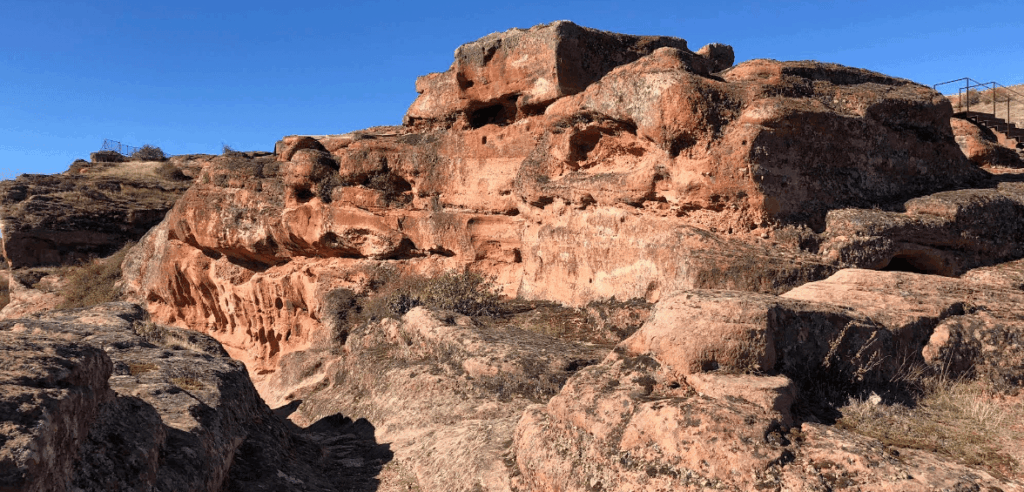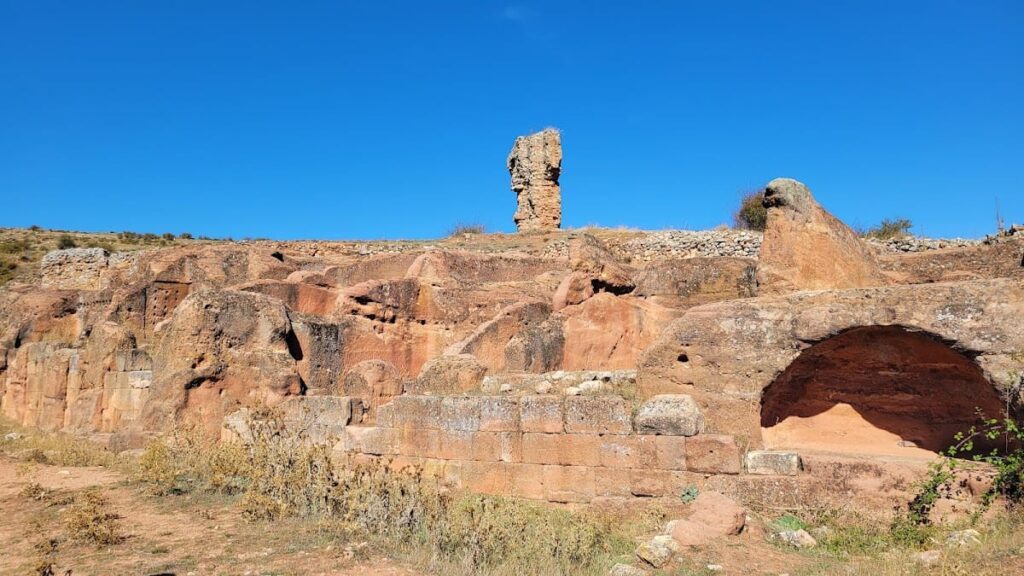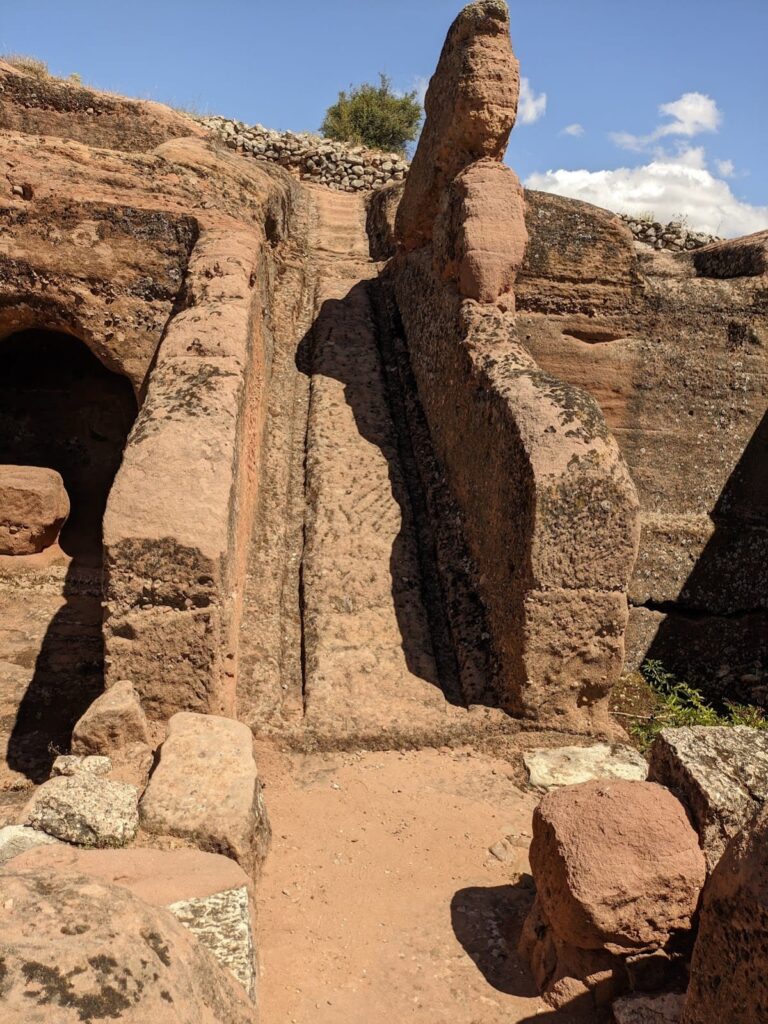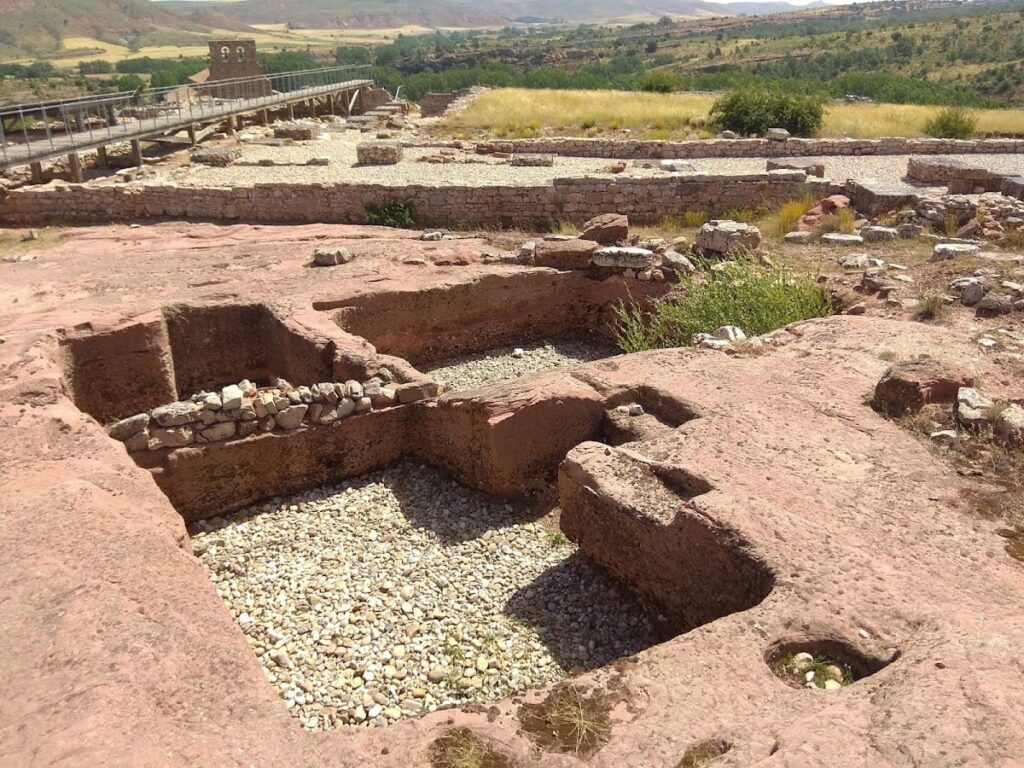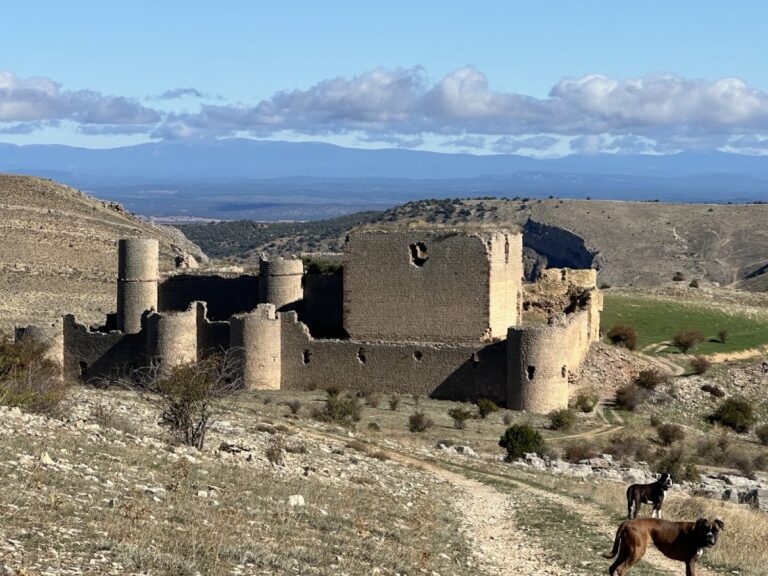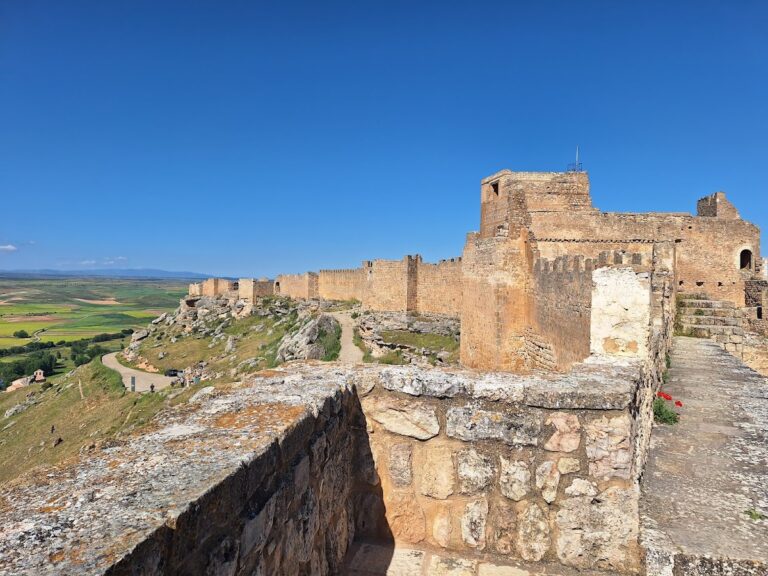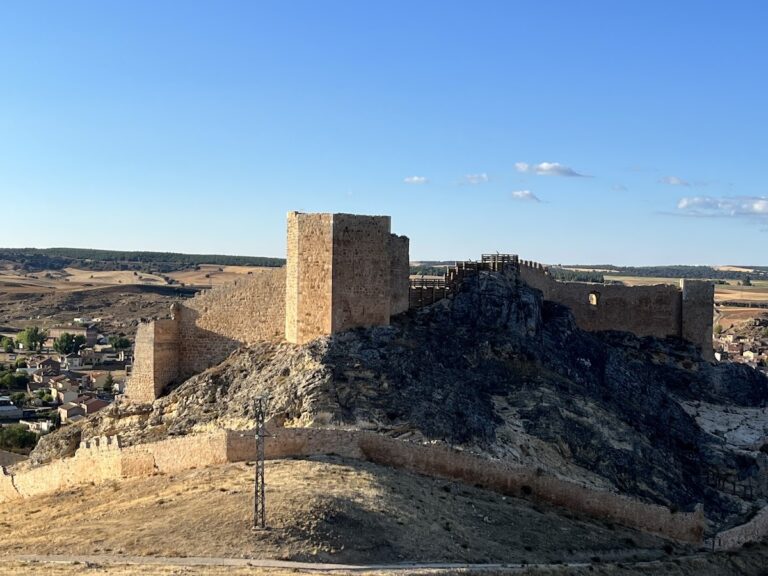Tiermes Archaeological Site: A Celtiberian and Roman Settlement in Spain
Visitor Information
Google Rating: 4.6
Popularity: Medium
Google Maps: View on Google Maps
Official Website: www.museodetiermes.es
Country: Spain
Civilization: Roman
Remains: City
History
Tiermes Archaeological Site is located in the municipality of Montejo de Tiermes, Spain. It was originally established by the Celtiberian people as a fortified settlement known as Termes or Tarmes, strategically positioned on a high sandstone hill overlooking the Duero and Tagus river valleys. This Celtiberian oppidum played an important role in regional resistance during the Celtiberian Wars against Roman expansion.
During the 2nd century BC, Tiermes was allied with the neighboring stronghold of Numantia, standing against Roman efforts to subjugate the Celtiberians. Despite prolonged resistance, Roman forces led by the consul Titus Didius captured the city in 98 BC after a decisive assault. Following its conquest, Tiermes underwent a period of Romanization and became a municipium—a formally recognized self-governing town within the Roman Empire—possibly under Emperor Tiberius in the early 1st century AD. The Roman inhabitants, known as the Termestini, developed the city with typical Roman urban features while adapting to the imposing natural landscape.
The Roman city, referred to as Termantia or Termes, flourished with various public and private buildings, including forums, baths, and infrastructure such as aqueducts. Its economy primarily depended on sheep herding and the seasonal movement of livestock between pastures in the northern plateau and the distant region of Extremadura. Furthermore, control over nearby iron and other metal resources contributed to the city’s economic foundation. Archaeological evidence also links Tiermes to a mint operation active between the late 2nd and early 1st centuries BC, indicating its role in regional coin production.
Tiermes continued to be inhabited through the Visigothic period, marked by burial sites and architectural remains suggestive of Christian worship, such as a possible basilica. The settlement remained occupied during the Middle Ages, witnessing the formation of rock-cut necropolises and the construction of the Romanesque church of Santa María de Tiermes. A monastery bearing the same name once existed here but has since been lost.
Between the 8th and 11th centuries, the site occupied a volatile borderland between Christian and Muslim realms. This frontier location led to periods of significant abandonment and decline. After the Christian reconquest, efforts to revive Tiermes as a central habitation failed, resulting in the dispersal of its population to nearby villages. By the late Middle Ages, the town of Caracena superseded Tiermes as the regional capital. The last known occupation occurred in the 16th century, when the church of Santa María de Tiermes was used as a hermitage. Today, Tiermes retains its religious importance, celebrated through annual pilgrimages and festivals.
Recent archaeological surveys using magnetometry in 2018 revealed new habitation areas within the ancient city walls and uncovered previously unknown structures beyond the old limits. Some western finds predate the Roman period, while eastern extensions may represent an unrecorded phase of Roman development.
Remains
Tiermes occupies a commanding red sandstone hill formed from Buntsandstein rock, dating back to the Triassic period, around 251 to 201 million years ago. This durable sandstone provided the primary building material throughout the settlement’s history. The city is particularly remarkable for its extensive use of rock-cut architecture, where both public and private spaces were carved directly into the stone.
Among the most impressive examples are two large houses carved into the rock: the House of the Niches and the House of the Aqueduct. The latter covers approximately 1,800 square meters and includes 35 rooms distributed over several levels connected by internal stairways. Walls within these rock-cut rooms were plastered and adorned with murals, demonstrating a blend of natural environment and Roman domestic sophistication.
Public rock-cut structures include monumental stepped seating close to an ancient entrance called the Sun Gate, suggesting an open-air theatre or assembly area for gatherings. Urban infrastructure integrated carved aqueduct channels and drainage systems that efficiently directed water through and beneath the city. Pathways and steps carefully adapted to the rugged terrain linked different terraces, facilitating movement within this multi-level settlement.
Two forums existed in Tiermes, reflecting phases of urban development. The earlier Julio-Claudian forum dates to the beginning of the Roman imperial era, followed by a later Flavian forum that contained a temple dedicated to the imperial cult, an arcaded square, and a macellum—a covered market with adjoining taverns. These forums show typical Roman civic planning integrated into the hillside topography.
Water supply was secured by a canal aqueduct hewn directly from rock, channeling water from the heights surrounding the city to its heart. This partially subterranean aqueduct highlights the ingenuity applied to urban services in a challenging environment.
Defensive walls constructed in the late 3rd century AD enclose the site, marking continued occupation and concern for protection into the late Roman period, approximately the mid-4th century. The walls reinforce the city’s final major phase and hint at ongoing strategic significance during turbulent times.
Archaeological remains are spread across several terraces and extend to the southern plain below the hill. Eleven rock-cut houses have been identified, divided into two separate groups by an internal staircase. Some dwellings include two stories, while others present complex multi-room layouts, underscoring the adaptation of domestic architecture to both rock carving and natural slopes.
Together, these features form a coherent picture of a city that evolved from a Celtiberian fortress to a Roman urban center, surviving into the early medieval period while retaining distinctive elements shaped by geology and historical circumstance.
